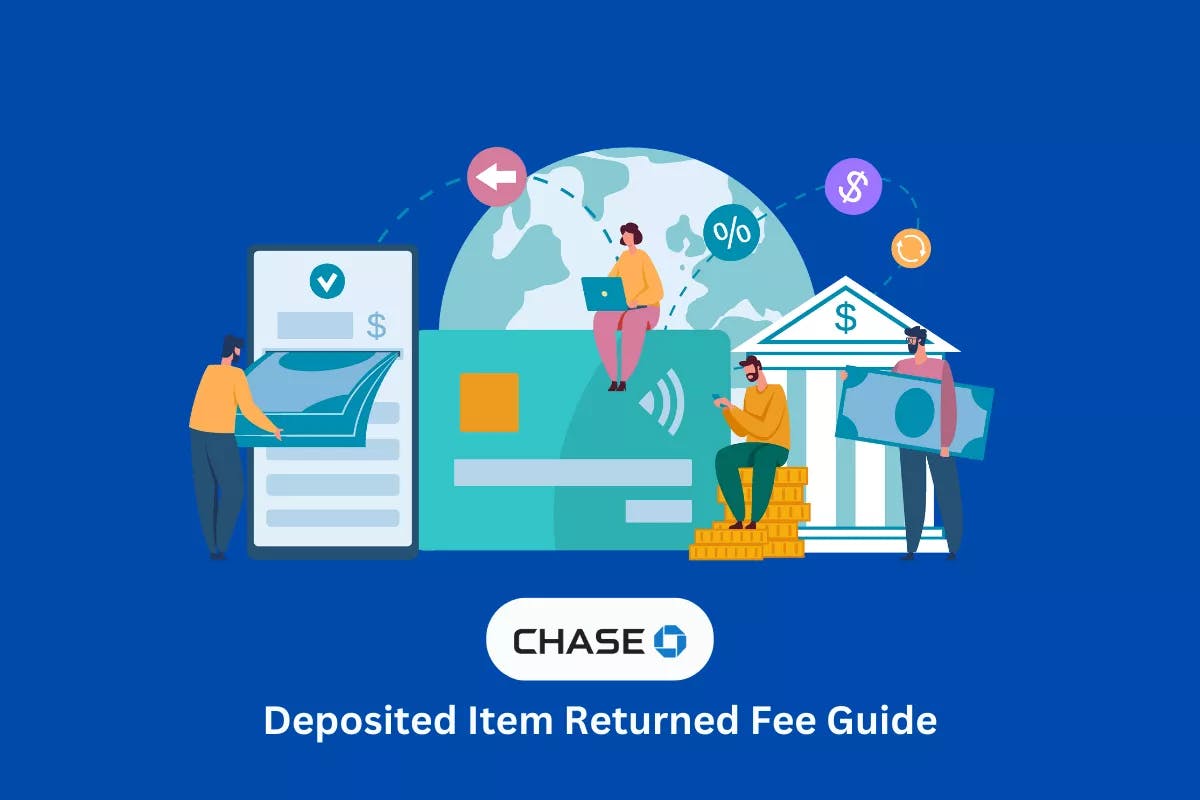What Is a Deposited Item Returned Fee?
If someone writes you a check and you attempt to cash or deposit it at the bank, but the check bounces or is returned unpaid, Chase can issue you a deposited item returned fee. In other words, you (the check depositor) can be on the hook for an oversight by the check writer or issuer.
Bad checks may be returned by your bank for any number of reasons, including:
- Insufficient funds or unavailable funds
- Closed account
- Stop payment
- Missing signature
How Much Does a Deposited Item Returned Fee Cost at Chase?
Chase customers are charged $12 for returned checks.
If an item is returned unpaid, some banks, including Chase, can subtract the amount of the check from your bank account balance in addition to issuing a deposited item returned fee.
Special Considerations
Some Chase account holders are exempt from deposited item returned fees. Eligible accounts include:
- Chase Sapphire Checking
- Chase Private Client Checking
- Chase Private Client Savings
How to Avoid a Deposited Item Returned Fee
Unfortunately, a returned check is most often caused by an oversight or honest mistake on the part of the check issuer. Even so, there are some things that you can do to increase the chance that you won’t receive a bad check.
- Only accept checks from reputable sources or people that you know and trust.
- Confirm that the check issuer has sufficient funds in their account. If they don’t, ask when you could expect them to deposit cash into the account.
- Request that the check issuer give you a cashier’s check rather than a personal check. Cashier’s checks are typically more secure since the money comes out of the bank’s account and is endorsed by the bank itself. Use precaution when requesting cashier’s checks, as scammers can create fraudulent copies.
- Try to cash or deposit the check soon after it is written. If you wait too long after the check has been written, it’s possible that the issuer will have removed funds from their account or closed their account entirely.=
Find Chase Bank’s full fee schedule here.



